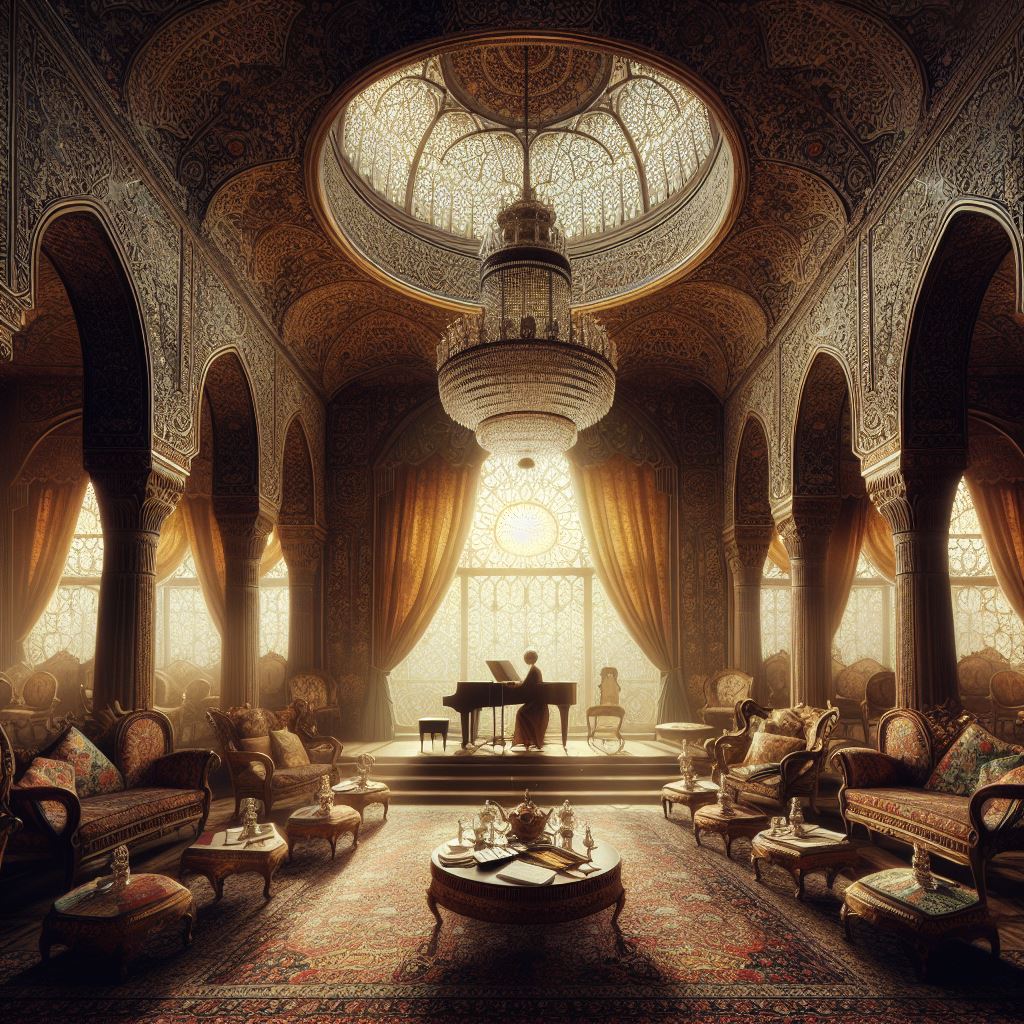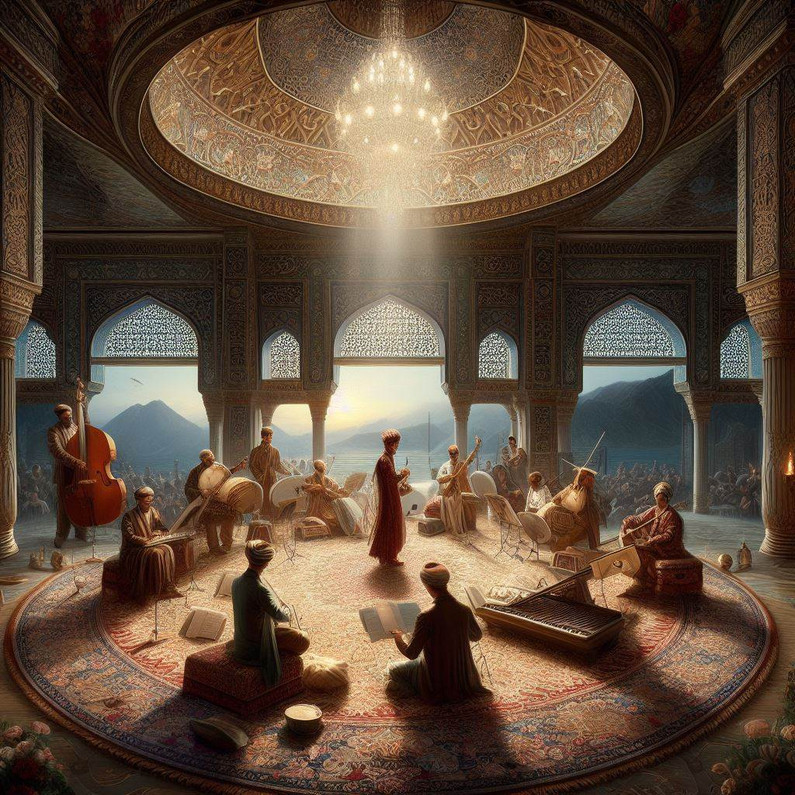The Timeless Elegance and Rich Heritage of Persian Music
The Timeless Elegance and Rich Heritage of Persian Music
Persian music, with its centuries-old tradition and unique characteristics, stands as a testament to the rich cultural tapestry of Iran. Rooted in a history that spans over two millennia, Persian music boasts a distinctive blend of melodic sophistication, intricate rhythms, and profound poetic expression. This article delves into the specialty of Persian music, exploring the elements that make it a truly exceptional and enduring art form.
1. **Modal System (Dastgah and Radif):**
At the heart of Persian music lies its intricate modal system, which revolves around the concepts of Dastgah and Radif. Dastgahs are the principal musical modes, each with its own set of melodic and rhythmic rules, while Radif refers to the collection of traditional melodies and motifs that form the basis of improvisation within these modes. This system provides Persian music with a unique structure, allowing for both artistic expression and preservation of its classical roots.

2. **Microtonal Nuances:**
One of the distinctive features of Persian music is its extensive use of microtones, known as "quarter-tones." These subtle pitch differentiations allow for a nuanced and emotionally charged musical expression. The ability to navigate these microtonal intricacies is a skill mastered by Persian musicians, adding a layer of complexity and emotional depth to their performances.
3. **Poetic Fusion (Tar, Setar, and Santur):**
Persian music often intertwines with Persian poetry, creating a harmonious fusion of sound and meaning. Traditional instruments like the Tar, Setar, and Santur are not merely tools for producing music but are considered extensions of the artist's soul. The expressive quality of these instruments, combined with the deep resonance of poetic lyrics, elevates Persian music to a level where it becomes a vehicle for storytelling, cultural expression, and emotional connection.
4. **Improvisation and Artistic Freedom:**
Persian music places a significant emphasis on improvisation, granting musicians a canvas for spontaneous creativity. While adhering to the established modal structures, artists have the freedom to infuse their unique style and emotions into their performances. This aspect of Persian music ensures that each rendition is a dynamic and personal expression of the musician's skill and artistic sensibility.
5. **Cultural Diversity and Global Influence:**
The influence of Persian music extends far beyond the borders of Iran. With a rich history of cultural exchange, Persian musical elements have found their way into the compositions of artists worldwide. From collaborations with Western musicians to the integration of Persian motifs in contemporary genres, Persian music continues to evolve and resonate on a global scale. Conclusion: In the tapestry of world music, Persian music stands as a thread of unparalleled beauty and cultural significance. Its intricate modal system, microtonal nuances, poetic fusion, emphasis on improvisation, and global influence collectively contribute to its specialty. Persian music not only reflects the rich heritage of Iran but also serves as a bridge, connecting people across cultures through the universal language of melody and emotion.
Recent Posts
-
Order the Best Boss Day Gifts for Male & Female Bosses in the UAE from Craftihouse.com
Every year, Boss’s Day is the perfect opportunity to show appreciation for the people who lead, ment …13th Oct 2025 -
How This Gift Came to Life: The Story Behind Our Palm Leaf Baskets
How This Gift Came to Life: The Story Behind Our Palm Leaf Baskets In a world where everything is be …8th Oct 2025 -
Handmade Leather Key Chains – Timeless Souvenirs & Everyday Companions
Handmade Leather Key Chains – Timeless Souvenirs & Everyday Companions Introduction In a world where …25th Sep 2025




